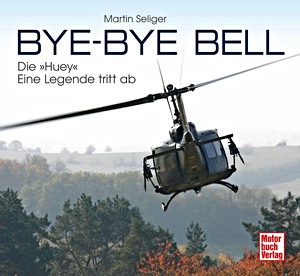AH-1 Cobra Attack Helicopter (Pilot's Flight Operation Instructions)
During the Vietnam War fleets of transport helicopters provided U.S. forces with an unprecented level of mobility and proved the concept of "air cavalry". But without adequate support, helicopters such as the Bell UH-1 proved vulnerable to enemy ground fire.
The solution was to develop a helicopter gunship. Bell's first foray into the category was rejected by the Army, but after Lockheed's AH-56 failed to meet critical goals, Bell answered the call with a new design.
Equipped with a tandem cockpit, stub wings for weapons and a chin-mounted gun turret, Bell's Model 209 protoype was smaller and lighter than the AH-56,and used proven components from the UH-1.
Developed in less than nine months, the 209 performed well and easily won the Army competition. In April 1966 the Army placed its first order for 110 aircraft, now designated the AH-1 Cobra or HueyCobra (but also widely known by the nickname "Snake"). Over 1100 would eventually be built, including twin-engine SeaCobra and SuperCobra versions for the Marine Corps.
After entering service in June of 1967, Cobras provided extensive support in Vietnam as fire support platforms, and achieved over a million operational hours. Cobras also flew in Operation Desert Shield, Desert Storm and in Somalia before being retired in the late 1990s.
They continue to fly for the Marine Corps, NATO allies and elsewhere. They also serve in a civil role as fire fighting helicopters. Created by Bell and the U.S. Army, this pilot's flight operating manual profiles the AH-1F Cobra.
Over 300 pages long, this unclassified document is reprinted here in its entirety.
Details
| Autor: | Headquarters Department of the Army |
|---|---|
| Ausführung: | 366 Seiten, 25.5 x 20.5 x 1.9 cm, kartoniert |
| Abbildungen: | zahlreiche Fotos und Zeichnungen |
| Verlag: | Periscope Film (USA, 2011) |
| Serie: | Pilot's Flight Operation Instructions |
| ISBN: | 9781935700647 |

AH-1 Cobra Attack Helicopter
Sprache: Englisch
Erhältlich bei Amazon - sichere Zahlung und schnelle Lieferung
Kaufen bei Amazon DE








